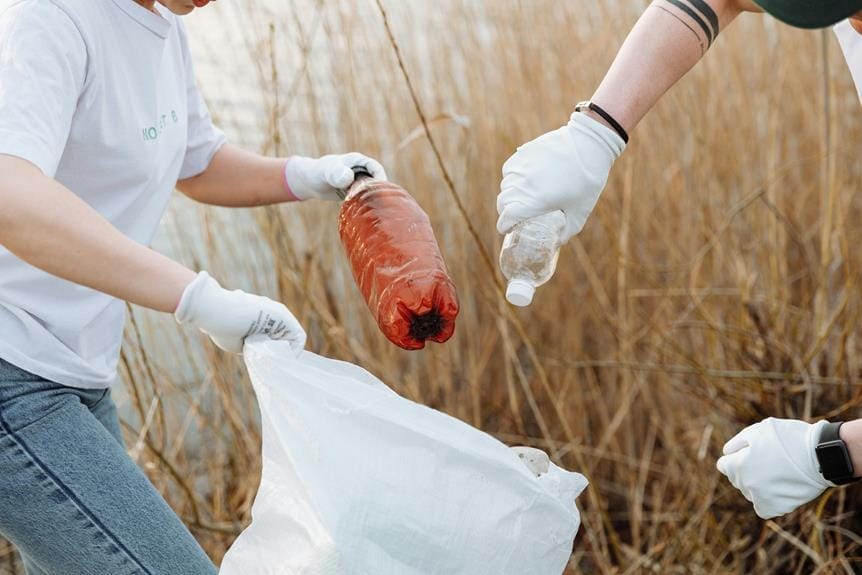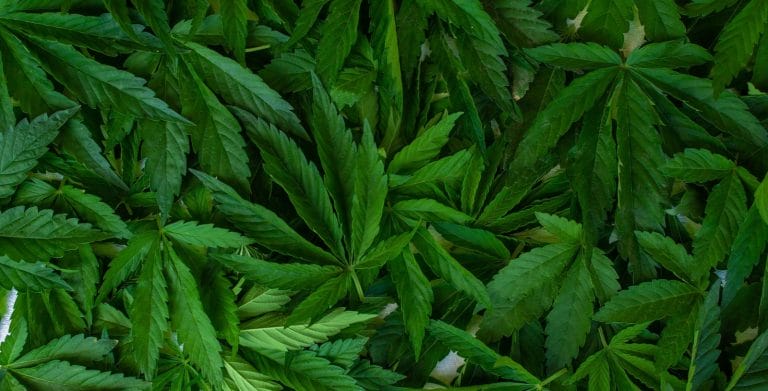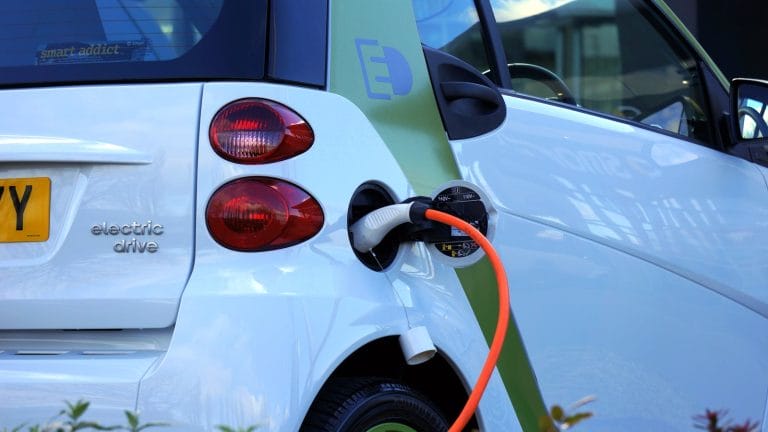Did you know that single-use plastics are not as harmless as they seem? I recently stumbled upon some shocking facts that really opened my eyes. A whopping 91% of these plastics don’t get recycled and end up harming our planet.
This issue affects everything from our ecosystems to wildlife, and even our health. I’m here to share why we need to take action and how this affects us all more than you might think. Let’s talk about why it’s time to care and what we can do.
The Gist
- Over 91% of single-use plastics are not recycled, leading to significant environmental pollution.
- Nearly 700 species are endangered due to the hazards posed by single-use plastics.
- Single-use plastics contribute to serious health issues, including cancer and hormonal disruption.
- Opting for reusable items is crucial to mitigating the crisis caused by single-use plastics.
The Perils of Convenience
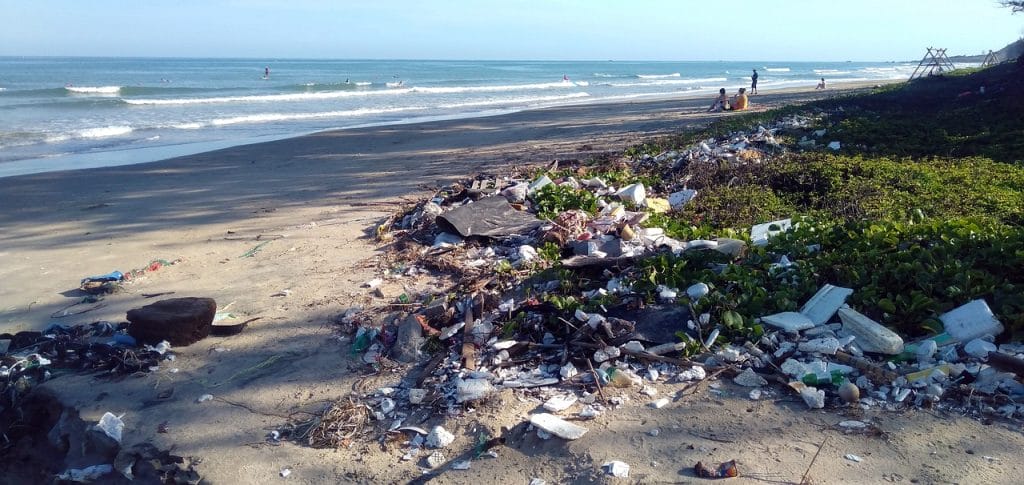
Annually, our oceans get filled with an estimated 1.7 million tons of single-use plastics, according to ourworldindata.org. And that is only 0.5% of the plastic produced annually.
This is both fortunate, but also unfortunate if you think about it. It could be a lot higher than 0.5%, which is the fortunate bit. But then again, almost 25% of all the plastic is mismanaged or littered.
This highlights the big environmental cost of going for convenience.
Since the 1950s, we’ve seen a huge increase in the production of plastics. This habit of using something once and then throwing it away is hurting our planet, animals, and even our health.
While it’s nice to have the convenience these plastics offer, their benefit is short-lived compared to how long they stick around harming our environment.
We really need to start picking reusable options over single-use ones. This isn’t just a simple choice; it’s super important if we want to tackle the problems that come with convenience and make it too easy not to think about them.
Environmental Havoc Unleashed
Unfortunately, when looking at single-use plastics, we see some terrible truths.
- Every year, over 350 million tons of single-use plastic garbage is produced.
- 82 million tons is mismanaged or littered,
- 19 million tons is leaked to the environment,
- 13 million tonnes to terrestrial environments,
- 6 million tonnes to rivers and coastlines.
- Tiny pieces of plastic, called microplastics, come from these plastics and get into seafood, which can be harmful to us. There are studies suggesting we humans ingest between 7.7g and 287g per person per year, with the largest source being drinking water, both tap water and bottled water. (360info.org)
- Making plastics, especially the ones we use once and throw away, creates a lot of greenhouse gases, adding to climate change.
- Most of the plastic made for packaging is this single-use kind, and it’s a big reason our planet is facing pollution problems.
Since the 1950s, we’ve made a lot more plastic, and 40% of it is stuff we use once and then toss. It’s really important we think about how this affects our Earth because the convenience of these plastics comes with a big environmental price tag.
Wildlife at Risk
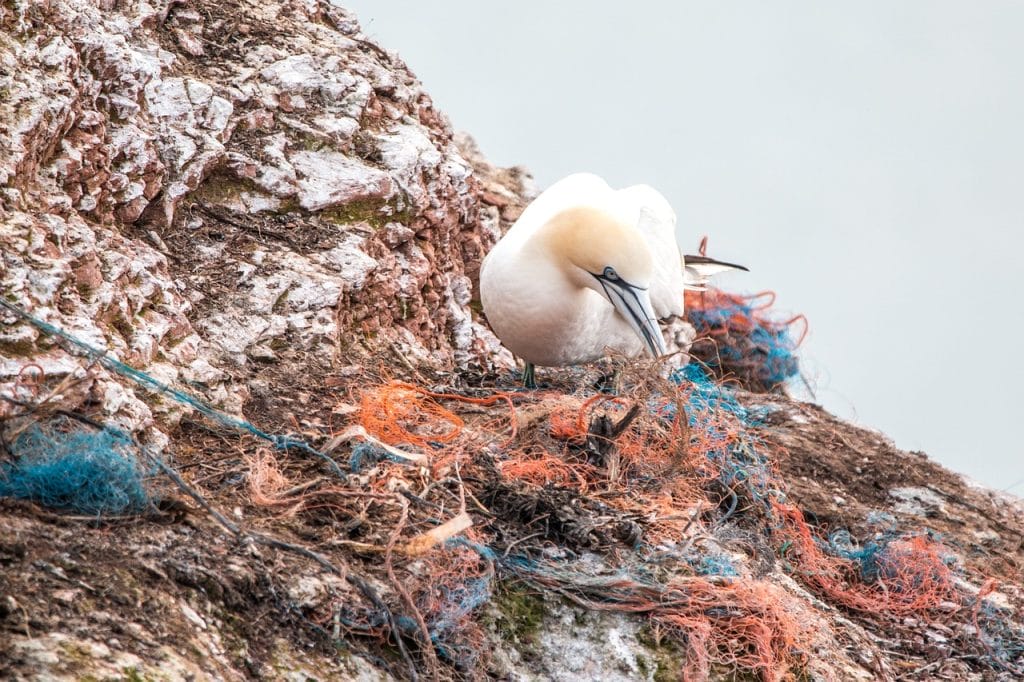
The harm from single-use plastics goes beyond just littering our planet; it’s putting a huge number of our wildlife friends in danger, including almost 700 species that are at risk of disappearing forever (onegreenplanet.org).
Every year, millions of animals lose their lives, with seabirds facing some of the toughest challenges. They get tangled up, can’t find real food to eat, feed plastics to their young ones making them too heavy to fly, and suffer from injuries inside their bodies because of plastics.
This messes up life under the sea, impacting all kinds of creatures and the natural order of things.
When animals eat plastics, it can harm their livers and throw a wrench into the works for life in the ocean, creating a big problem for the health of our planet.
Mitigating the Crisis
To really make a dent in the problem of single-use plastics, we need to say no to them and say yes to things we can use over and over again.
Laws are important here because they make sure companies and all of us are doing our part. You can help a lot by picking things like reusable bags and water bottles instead of plastic ones.
If we all start thinking about using stuff in a way that it can be reused, we’ll depend less on single-use plastics, which is way better for our world.
Big companies are beginning to pay attention because people like you and groups that care about our planet are speaking up. The choices you make really do help build a world without so much plastic.
Frequently Asked Questions
What Are Sustainable Alternatives to Single-use Plastics?
Choose reusable materials like cotton totes, silicone wraps, stainless steel bottles, and glass containers. For single-use needs, opt for compostable PLA or cellulose, or explore innovative options like mushroom leather. Every swap helps!
Where to Find Sustainable Alternatives
Look for stores specializing in eco-friendly products or browse online marketplaces with sustainability filters. Even mainstream retailers often carry reusable bags, glass containers, and some compostable options! Remember, local farmers markets and zero-waste shops might be hidden gems for sustainable finds.
Are There Any Technological Advances Combatting the Issue?
Absolutely! Tech is stepping up to fight plastic pollution. We’re seeing advancements in:
- Recycling: New methods promise to efficiently handle more plastic types, reducing reliance on virgin plastic.
- Biodegradation: Scientists are engineering plastics that break down naturally, bypassing the need for industrial composting.
- Materials Science: Research into next-generation alternatives is booming, with possibilities like fully compostable or even edible packaging on the horizon!
While these technologies are still in their early stages, they offer exciting possibilities for a future with less plastic waste. In the meantime, focusing on reusables and compostable options remains key.
